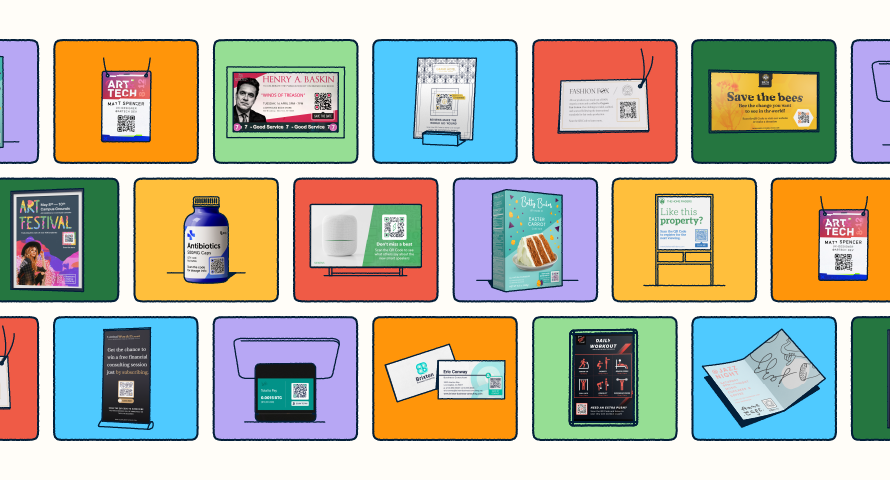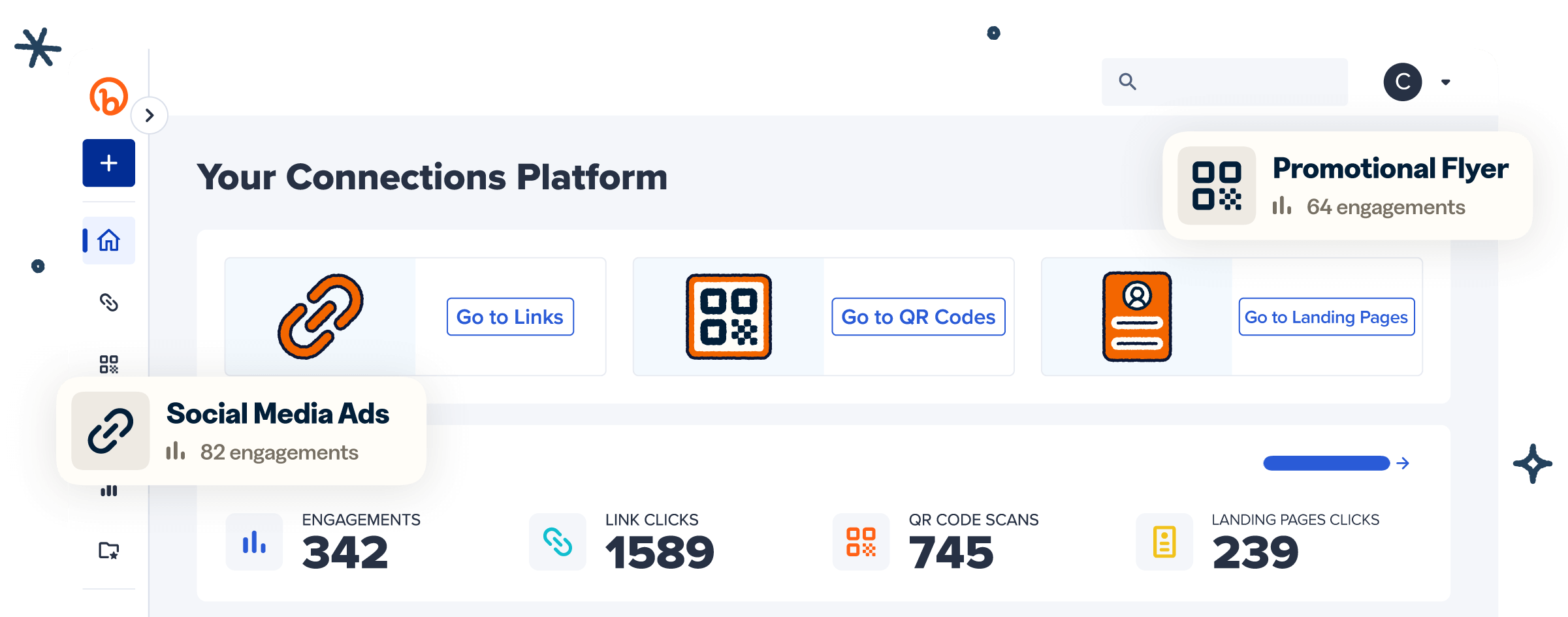GET INSPIRED
See What’s Possible: Dive Into Our QR Code Inspiration Gallery

Explore the trending topics that will inform what’s next for mobile marketing and our predictions for the year to come.
Boost client engagement at your med spa with QR Codes for bookings, promotions, and reviews.
Learn how religious institutions use QR Codes for donations, sermons, and their communities.
See how QR Codes simplify crypto transactions and improve security for users.
Track real ROI from QR Codes in CTV ads with clarity and confidence.
How do you drive more engagement from any print campaign? With an interactive touchpoint—learn why QR Codes are a valuable tool and how to use them.
QR Codes in ads? Learn the pros, cons, and best ways to use them in marketing.
Gaming apps use QR Codes for rewards, downloads, and interactive gameplay.
Go digital with paperless business cards for easy networking and eco-friendly connections.
Personal trainers, use QR Codes to connect with clients, book sessions, and share workouts.
GET INSPIRED

Knowing how your clicks and scans are performing should be as easy as making them. Track, analyze, and optimize all your connections in one place.
